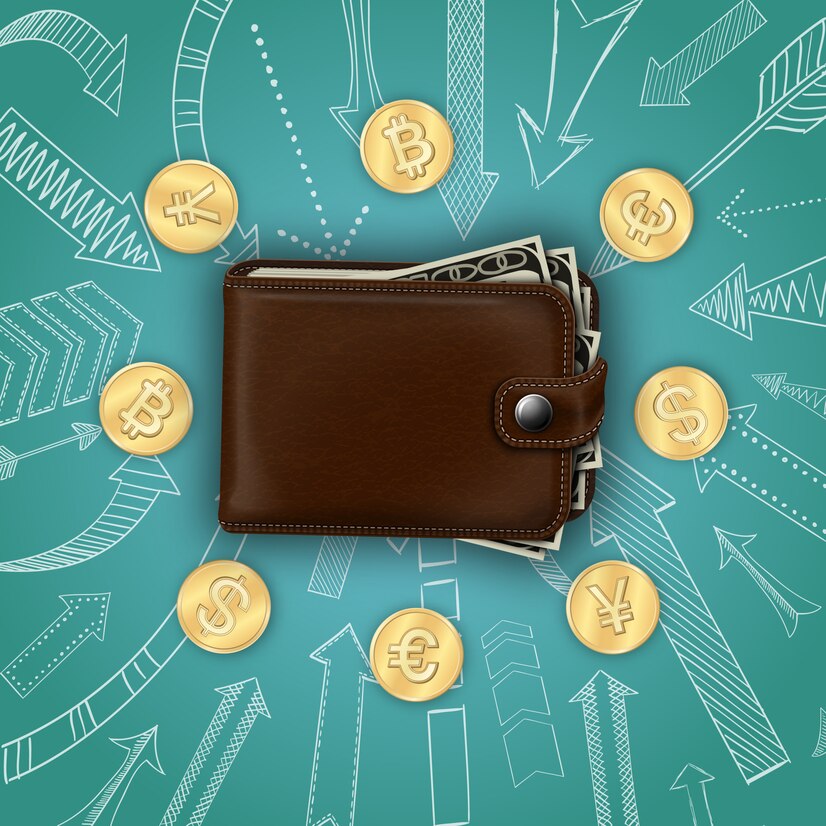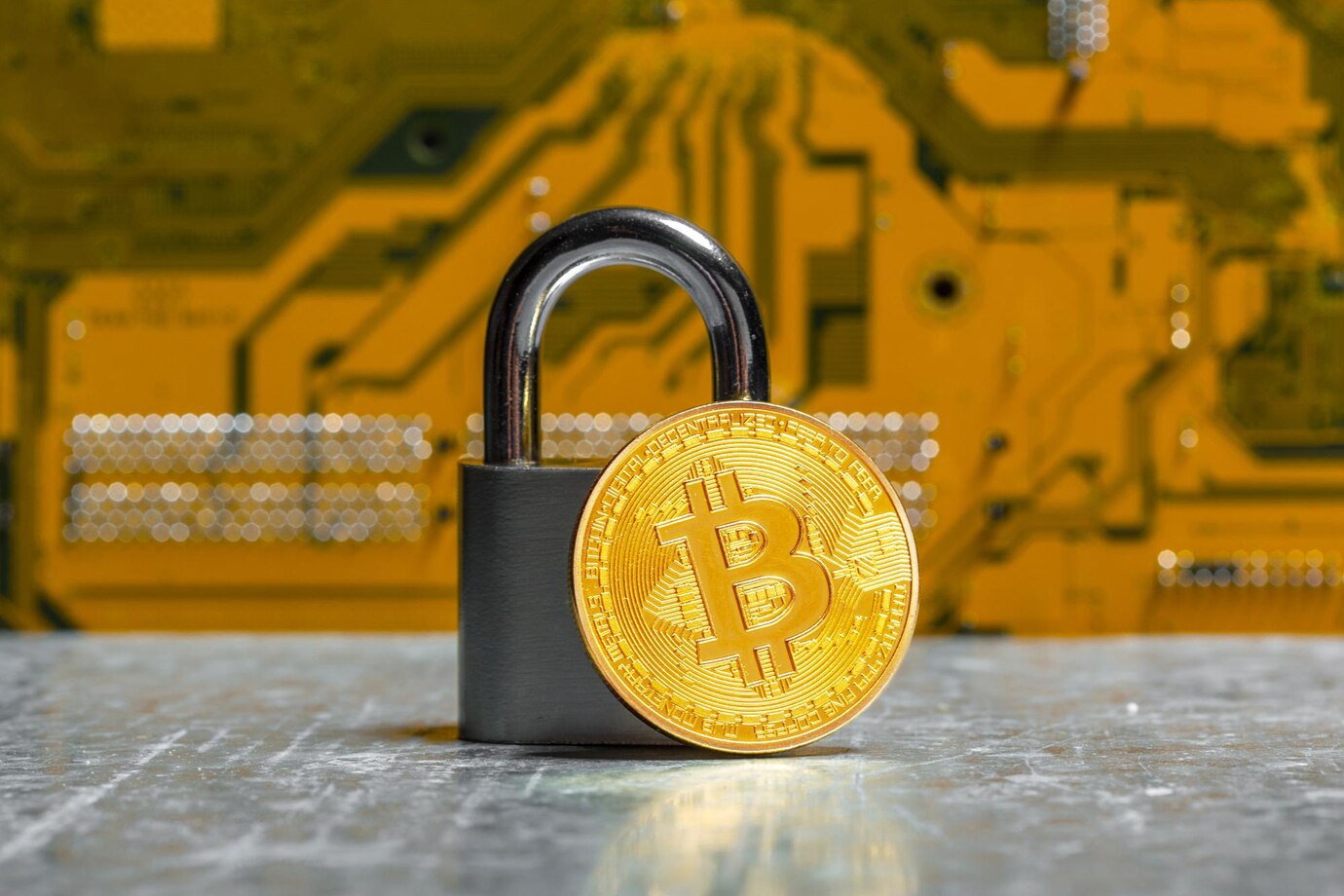Cryptowallet Scams
Fraudsters use various methods to steal digital assets from cryptocurrency wallet users. One of the most common methods is phishing sites that mimic the interfaces of popular services. Entering data on such pages leads to account compromise and loss of funds.
Another scheme is malicious software masquerading as legitimate applications for managing cryptocurrency wallets. Malicious code can intercept keys and passwords entered by the user or automatically change recipient addresses during transactions.
Some scammers use social engineering, posing as support staff from cryptocurrency platforms. They request the victim's private key or seed phrase (recovery phrase), allowing the fraudsters to take full control of the owner's assets.
Cold Wallet Hacking
Cold wallets are considered one of the safest ways to store cryptocurrencies, but even their protection can be breached. One method of attack is hardware device substitution. Scammers sell modified wallets with pre-installed vulnerabilities that allow access to private keys after activation.
Another method is attacking the device used to interact with the cold storage. If the computer is infected with malware, it can intercept transactions and substitute recipient addresses.
Physical access to the wallet also poses a threat. If a fraudster gains the ability to reflash the device, they can embed malicious code that activates upon the next use of the wallet.

Cryptocurrency Exchange Scams
Fraudulent exchanges are created to deceive users by offering inflated rates or hidden fees. After transferring cryptocurrency, the client may be denied exchange, have funds blocked, or incur additional charges.
Some platforms use transaction delay mechanisms. The user sends funds, but the withdrawal confirmation is delayed for various reasons. Ultimately, the assets may be stolen, or the exchange is made at a less favorable rate.
Fake exchanges also use the "double exchange" scheme, where the initial rate turns out to be fictitious, and after sending cryptocurrency, the user is offered different conditions or required to make additional payments.

Fake Hardware Wallets
One method of cryptocurrency theft is selling fake hardware wallets. Fraudsters create devices that outwardly resemble the originals but have altered firmware. After activation, such a wallet sends private keys to the scammers, giving them full access to the user's funds.
Some fakes come with a pre-generated seed phrase. The buyer, following the instructions, uses the provided phrase, not suspecting that the scammers can withdraw all funds from the wallet at any moment.
There are also cases of selling used wallets with pre-installed malware. After connecting such a device to a computer, private keys are automatically sent or transaction addresses are substituted.
To avoid such risks, it is recommended to purchase hardware wallets only from official manufacturers or their certified distributors.

Cryptocurrency Theft and Protection from Scammers
Theft of digital assets can occur in various ways, including account hacking, transaction interception, and exploiting vulnerabilities in smart contracts. To protect cryptocurrency, it is recommended to follow several important rules:
- Use only verified cryptocurrency wallets and official software versions.
- Store the seed phrase offline, avoiding sharing it with third parties.
- Enable two-factor authentication (2FA) for all cryptocurrency services.
- Check website URLs before entering credentials to avoid phishing attacks.
- Use hardware wallets for long-term storage of large amounts.
- Limit wallet access on internet-connected devices to minimize the risk of attacks.
How to Protect Crypto Savings
The security of crypto assets depends on a comprehensive approach to protecting account information and devices. Key precautions include:
- Using multi-factor authentication. Even if login and password are compromised, an additional protection factor will prevent unauthorized access.
- Storing backups. Seed phrases and private keys should be stored in multiple secure locations without internet access.
- Checking addresses before sending funds. Malware can substitute details when copying.
- Updating software. Developers regularly release security patches to protect against new threats.
Restricting wallet access. It is advisable to store primary assets in cold storage and use hot wallets only for small transactions.

Following these recommendations reduces the likelihood of theft and helps keep cryptocurrency assets secure.
 >
>